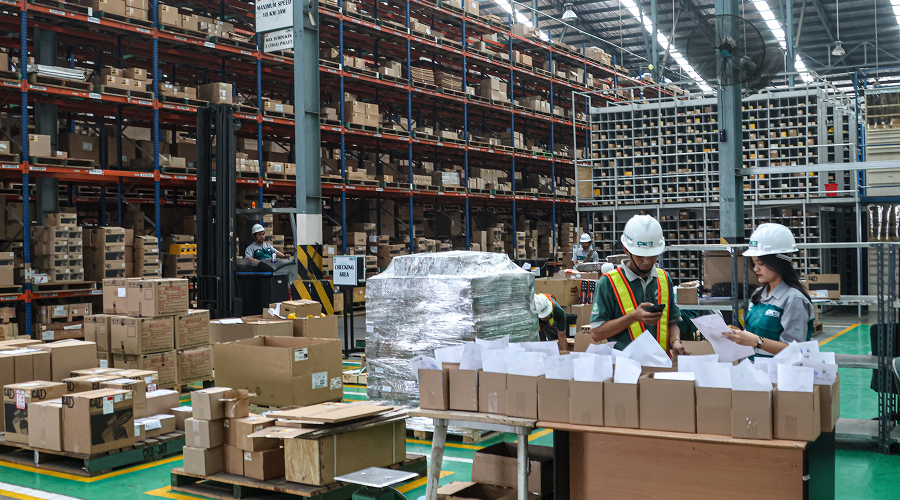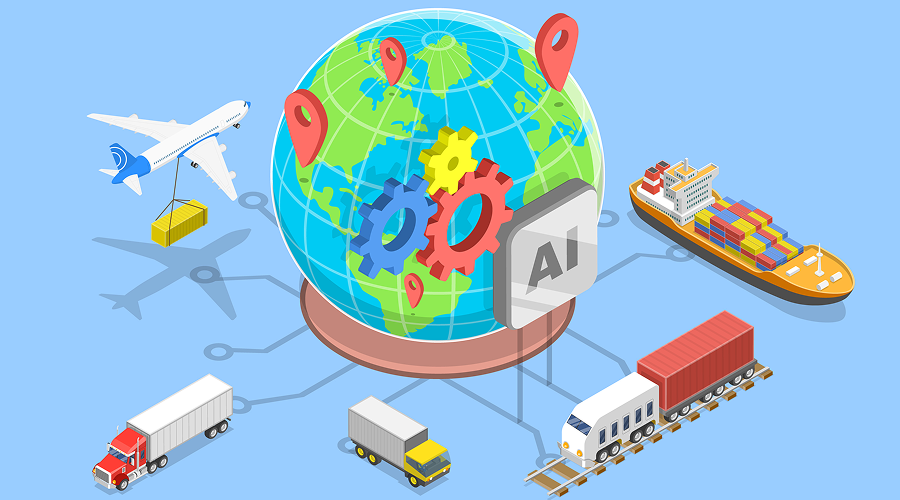Evolving E-commerce Logistics DX with 3PL and Cloud Logistics: Benefits of Implementation and How to Choose Without Failure|AnyLogi

1. Introduction — Why Logistics DX Matters More Than Ever for E-commerce
E-commerce continues to expand rapidly, and today’s consumers expect next-day delivery and real-time tracking as standard. For many businesses, in-house logistics operations are struggling to keep up with these growing demands in terms of speed, cost, and quality.
That’s why an increasing number of brands are turning to third-party logistics (3PL) providers combined with cloud-based logistics platforms to drive their logistics DX initiatives. By leveraging 3PL expertise and cloud tools, companies can focus on their core activities, convert fixed costs into variable costs, and strengthen their operational flexibility.
2. The Big Picture of Logistics DX and the Role of Cloud Logistics
Logistics DX is more than just implementing a new system — it’s about rethinking business processes and continuously improving them through data-driven insights.
Cloud-based warehouse management systems (WMS) and shipping management SaaS solutions provide real-time visibility into inventory and fulfillment status. These systems seamlessly integrate with e-commerce platforms and marketplaces, optimizing both information and human workflows.
As a result, businesses can handle seasonal demand fluctuations efficiently and manage multi-channel sales from a single interface — a critical advantage in today’s diverse EC ecosystem.
3. Benefits of Combining 3PL and Cloud Logistics
When a 3PL partner operates on a modern cloud-based infrastructure, the benefits quickly become tangible. Teams can dedicate more time to product development, marketing, and customer service — instead of spending hours managing shipments and inventory.
Because resources like warehousing and labor are externalized, operations can scale flexibly as order volumes change. Cloud WMS also reduces human errors, accelerates picking and inventory tasks, and boosts order accuracy — leading to higher customer satisfaction.
Moreover, automation and robotic material handling systems introduced by 3PL partners can dramatically improve productivity and minimize fulfillment costs over time.
4. How to Choose the Right 3PL and Cloud Logistics Partner
Choosing a logistics partner should start with a deep understanding of your own operations. A common mistake is selecting solely based on price.
Instead, focus on partners who can tailor their workflows to your business model and product characteristics. Check whether they provide:
- Robust API integrations with your e-commerce platforms
- Flexible reporting and real-time dashboards
- User-friendly WMS interfaces
- On-site training and support for your team
Also, consider partners that offer trial operations or gradual onboarding, allowing you to start small, validate workflows, and scale confidently once the process stabilizes.
5. Key Practices for Successful Post-Implementation Operation
After introducing logistics DX tools, success depends on continuous improvement. Establish feedback loops from warehouse staff, define measurable KPIs (such as order accuracy, lead time, and inventory turnover), and visualize performance regularly.
For small and mid-sized e-commerce businesses, success often comes from starting small — using intuitive tools that teams can easily adopt and improve over time — rather than pursuing large-scale, expensive automation right away.
6. Learning from Case Studies — Step-by-Step Implementation and ROI
Many successful companies begin their logistics DX journey with limited implementation — such as introducing a cloud WMS for a specific product line or outsourcing only part of their fulfillment.
Return on investment (ROI) should be measured holistically, considering reductions in labor time, shipping errors, and complaints, as well as improved inventory turnover and customer satisfaction.
Full-scale automation (like robotics or automated storage) can be capital-intensive. Starting with data visibility and gradual improvement creates a safer and more sustainable path toward automation.
7. Conclusion — Choosing and Nurturing the Right Logistics DX Partner
Ultimately, logistics DX isn’t a one-time project — it’s a continuous process combining strategic decisions and frontline improvement.
By carefully selecting your 3PL and cloud logistics partners and nurturing collaboration over time, your logistics operation can become a powerful growth engine for your e-commerce business.
If you’re currently facing challenges such as delayed deliveries, increasing shipping costs, or warehouse inefficiency, start small, learn fast, and scale confidently — that’s the essence of modern logistics DX.
AnyLogi is a logistics platform that provides comprehensive domestic and international logistics solutions. We seamlessly integrate with various e-commerce carts and marketplaces, including Shopify, to support your logistics from end to end. With fulfillment centers and logistics hubs in multiple regions, we offer forwarding, export/import, and local delivery network services. Instant quotes are available — contact us today for a personalized consultation.
Reference Links
- Features and Comparison of 3PL, Cloud Logistics, and Mall-Type Fulfillment — Logizard Zero (2025)
- The 2024 Guide to E-commerce Logistics: Choosing the Right Cloud-based Service — Navy Consulting (2025/01/11)
- Warehouse Management System (WMS) Comparison — IT Trend (2025)
- How Cloud Services Are Transforming Logistics and WMS — Logizard Zero (2025)
- What Is Logistics DX? Key Challenges, Case Studies, and Providers — Fujilogi (2025/06/30)








